
Inside The Russians' Phones: News Channel Preferences Among Pro-War, Anti-War, And Uncertain
Executive summary
{{margin-small}}
"You are what you eat" equally applies to the way how the reliance on certain media - state media or otherwise - affects the level of interest among Russians in the ongoing war in Ukraine and, accordingly, the views they hold.
Naturally, the more one consumes the content produced by state-controlled resources, preferring it to any other media, the more likely that person will remain interested in the current events pertaining to the "special military operation" and hold strong pro-war convictions.
It contrasts with those groups trying to track multiple sources, including, in some cases, Ukrainian media.
Access to free media gives people a chance to challenge aggressive propaganda narratives channelled from all sides and, possibly, allows shaping public opinion in Russia, particularly amid some evidence that those supporting the war against Ukraine tend to consume some information from liberal anti-war media as well.
This Report provides specific insights into what particular sources of information Russian public uses and how it affects their perception of the war.
{{margin-big}}
Sampling and methodology
{{margin-small}}
The battery of tests was placed on the online platform. The subject was asked to answer a series of psychological tests and "publicly significant questions."
The sample was stratified by sex and age (equal age and sex groups 18-30, 31-44, 45-60 years). The data was cleaned, and the analysis excluded people who did not answer all the questions. The final sample consisted of 998 respondents, 502 men, and 496 women. The mean age of the respondents is 37.44, the standard deviation is 11.21.
To determine which cluster a respondent belongs to, respondents were asked three times to read generalized descriptions of people belonging to different clusters and choose which description best suited him or her.
If the respondent chose the description of one or another cluster at least twice, he was assigned to this cluster. The distribution into groups according to previously identified clusters turned out to be as follows. Respondents who chose descriptions of different clusters three times were only 10.7%.
Cluster 1. Hawks (13.2%). Believe that Russia is moving in the right direction, support the war against Ukraine, identify themselves with Russia and Russians, believe in themselves and their group, have low stress levels, and are psychologically well.
Cluster 2. Loyalists (36.5%). They believe that Russia is moving in the right direction, support the war against Ukraine, identify themselves with Russia and the Russians, and believe in their strength and their group, but to a much lesser extent than the hawks. The level of stress is average for the sample. They also have a high level of authoritarian obedience.
Cluster 3. Poor liberals (13.5%). In their opinion, Russia is moving in a catastrophic direction. They oppose the war, and do not identify themselves with Russia and Russians. They do not believe in their own strength and in the strength of the group. The level of stress is the highest in the sample, and the indicators of psychological, emotional, and even social well-being are the lowest.
Cluster 4. Uncertain (14.5%). They have average rates of support for the war in the sample, they are not sure if Russia is moving in the right or wrong direction, but they have the same level of psychological suffering as those Poor Liberals.
Cluster 5. Moderate Liberals (11.6%). Oppose the war against Ukraine, but not as clearly as the Poor Liberals group. In general, they are quite prosperous, they have views similar to Poor Liberals, but not so pronounced.
{{margin-big}}
Key findings
{{margin-small}}
- Those, who oppose the war, are younger. Furthermore, respondents who have recently experienced financial difficulties were less likely to align with pro-war groups. No notable differences were found in terms of gender, educational attainment, or population size of the respondents' respective residential areas.
- The level of interest in the war varied among respondents in different clusters. The Hawks and Poor Liberals demonstrated the highest level of engagement, while the Uncertain and Moderate Liberals displayed the lowest levels.

- The pro-war group has a tendency to consume news from federal television channels. Instead, the Poor Liberals and, to some extent, the Moderate Liberals rely primarily on information available on YouTube.
- Pro-war respondents (Hawks and Loyalists) prefer pro-war media sources. However, even among the most fervent proponents of the war, there is evidence of engagement with liberal anti-war media sources.
- Information channels were divided into 4 groups: pro-war media, pro-government media, liberal anti-war media, and neutral media. Those holding radical anti-war or liberal perspectives have largely disengaged from pro-government and pro-military media. Individuals in the uncertain group appear to derive information from a variety of sources, with liberal anti-war media holding a slight advantage. It all suggests that some members of this group may harbor anti-war sentiments, but remain uncertain or reluctant to express opposition, even in the context of an anonymous questionnaire.
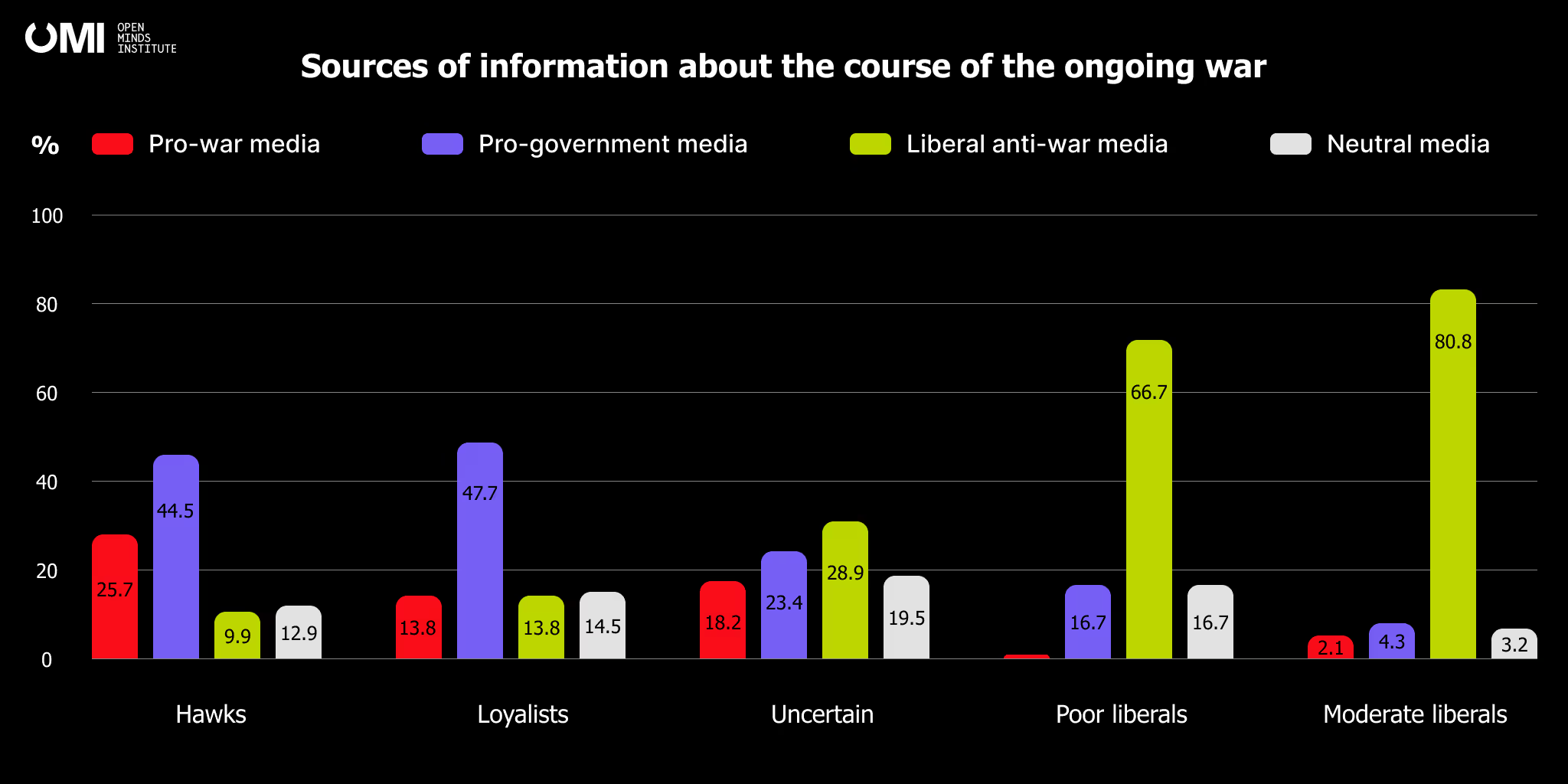
- The most frequently cited sources of information from different groups of Russians were also identified. Pro-war groups mostly watch federal TV channels and receive information about the war and other related events from them. The popularity of "war correspondents" is apparently somewhat exaggerated, especially for the Hawks group.
- Naturally, groups holding liberal views receive information from liberal sources, but they also watch Russia One, with Moderate Liberals equally relying on government sources, which does little to match the anti-war views they hold.
- The uncertain group relies almost entirely on federal channels and the same sources of information as the pro-war groups. It implies that receiving information from more liberal sources may form a more anti-war stance, which they are apparently inclined to take, but because of media consumption patterns they cannot formulate it and perceive it as legitimate.
- Liberal and anti-war Russian respondents sometimes mention Ukrainian media as the preferred sources of information about the war, notably "Ivan Yakovina", "Unian", "Freedom" and "Zolkin", "Truha Ukraina".
{{margin-small}}
Top 10 media channels in descending order by clusters
{{margin-small}}
Hawks: 1. Channel One, 2. RIA Novosti, 3. Yandex Zen News, 4. Russia-24, 5. Solovyov Live, 6. Yuriy Podolyaka, 7. NTV, 8. Euronews, 9. Wargonzo, 10. ORT
{{margin-small}}
Loyalists: 1. Channel One, 2. NTV3. Russia-24, 4. Yandex Zen News, 5. RIA Novosti, 6. REN-TV, 7. Zvezda, 8. Ryibar, 9. Wargonzo, 10. Solovyov Live
{{margin-small}}
Poor Liberals: 1. Dozhd, 2. Meduza, 3. Channel One, 4. Populyarnaya politika, 5. Redaktsiya, 6. Maksim Kats, 7. Sirena, 8. UNIAN, 9. Nastoyaschee vremya, 10. Lentach
{{margin-small}}
Uncertain: 1. Channel One, 2. Yandex Zen News, 3. NTV, 4. RIA Novosti, 5. REN-TV, 6. Topor, 7. Lentach, 8. RBK, 9. Lenta,ru, 10. ORT
{{margin-small}}
Moderate Liberals: 1. Dozhd, 2. Channel One, 3. Yandex Zen News, 4. Meduza, 5. Lentach, 6. Nastoyaschee vremya, 7. Obmanutyiy rossiyanin, 8. Populyarnaya politika, 9. Solovyov Live, 10. Baza
{{margin-big}}
Conclusions
{{margin-small}}
The Hawks and Poor Liberals, representing diametrically opposed views on the war in Ukraine, are those groups that track of the events around the "special military operation" most. The sources of information both groups use in following the latest developments are as different as their views.
The Hawks naturally rely on the resources channelling the official pro-war propaganda, particularly federal TV channels, with the Poor Liberals receiving information mostly from the anti-war media.
Another tendency to note is that each group shows interest in the resources the other group uses - the anti-war liberal media and federal TV channels, respectively, evidencing that Russians are trying to understand the ongoing events from multiple perspectives, including those being in contrast with the official narratives.
It gives some grounds to argue that - at least in theory - the relevant public opinion in Russia may be shaped in a way that aggressive pro-war propaganda, if not followed by any apparent military successes, may start losing ground.
One of the factors challenging the official narratives would be the extent to which the relevant anti-war resources and the messages they spread manage to penetrate into the Russian information space.

.svg)






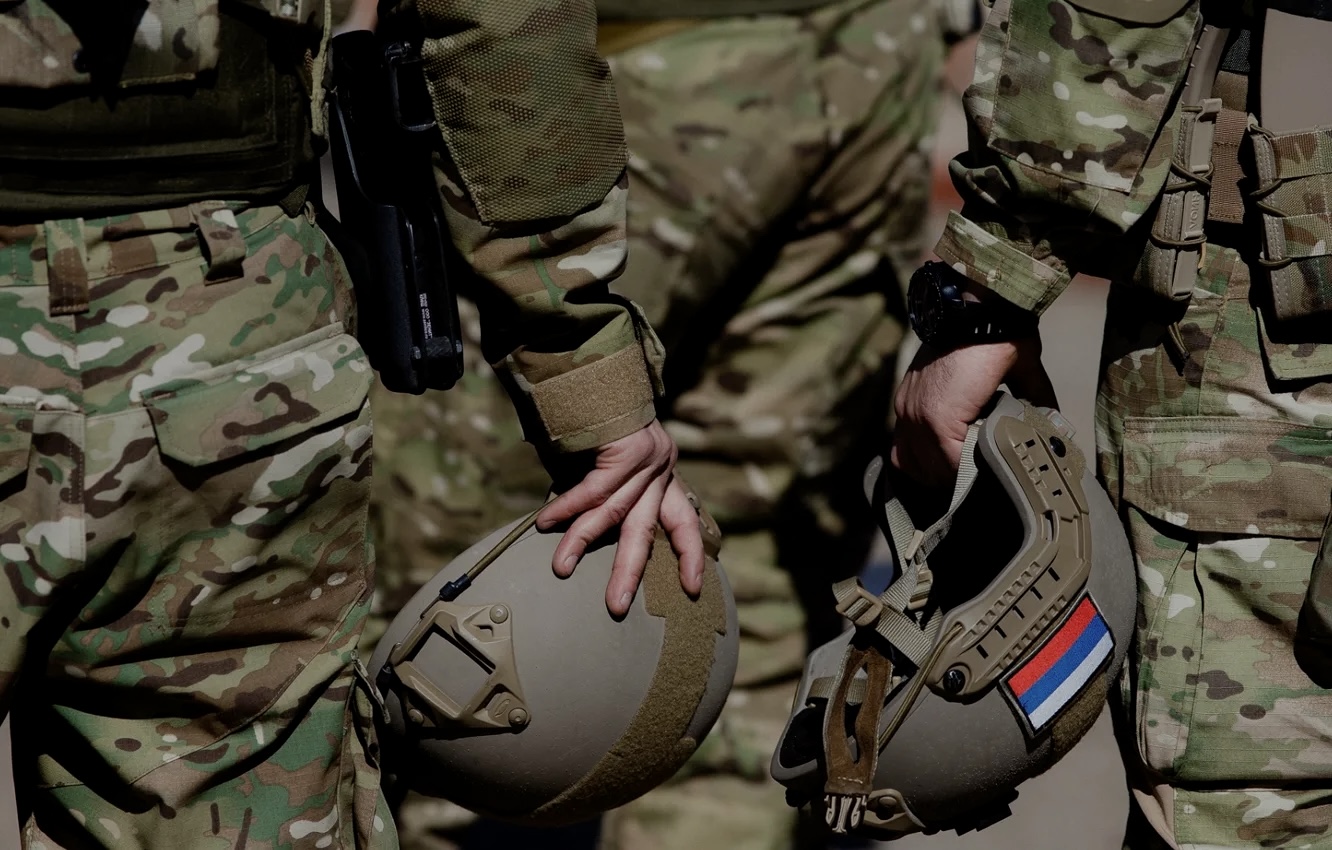

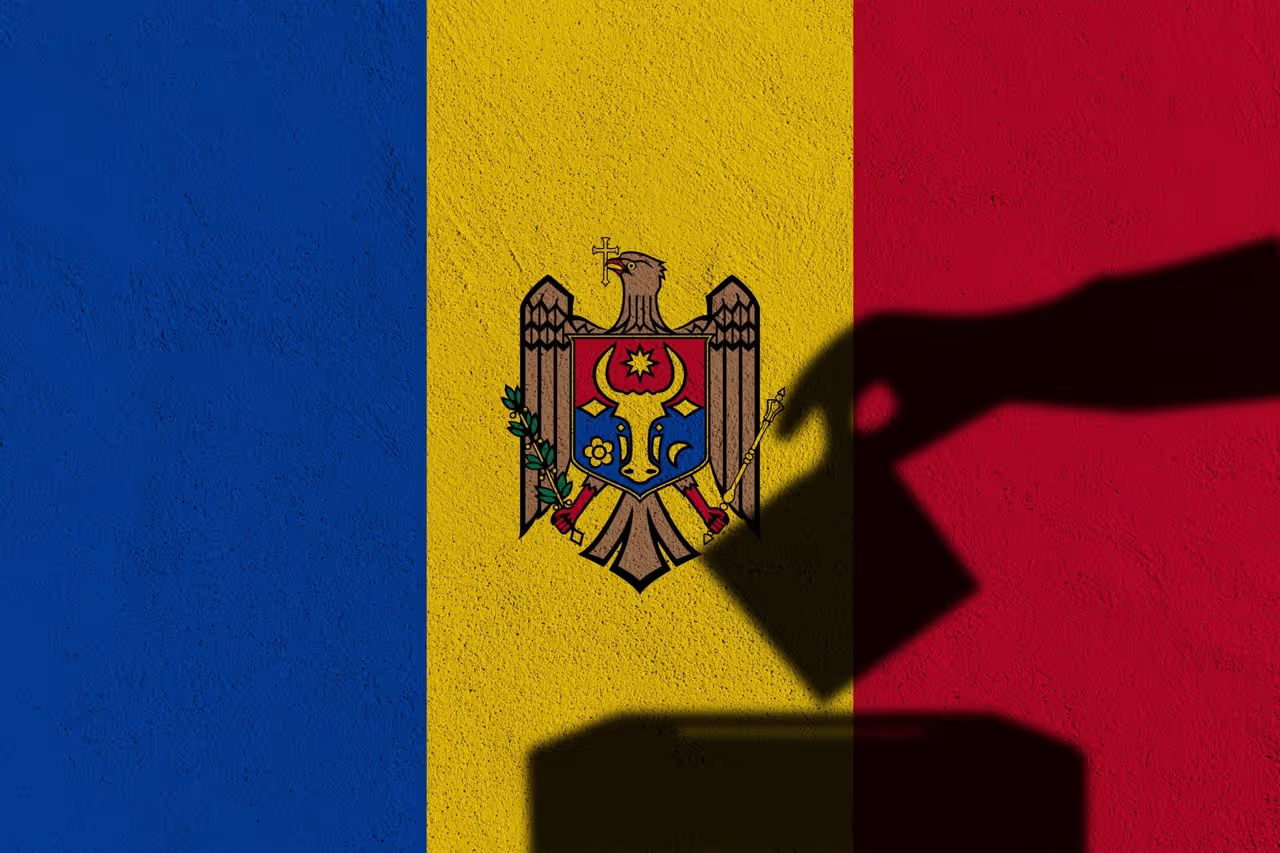
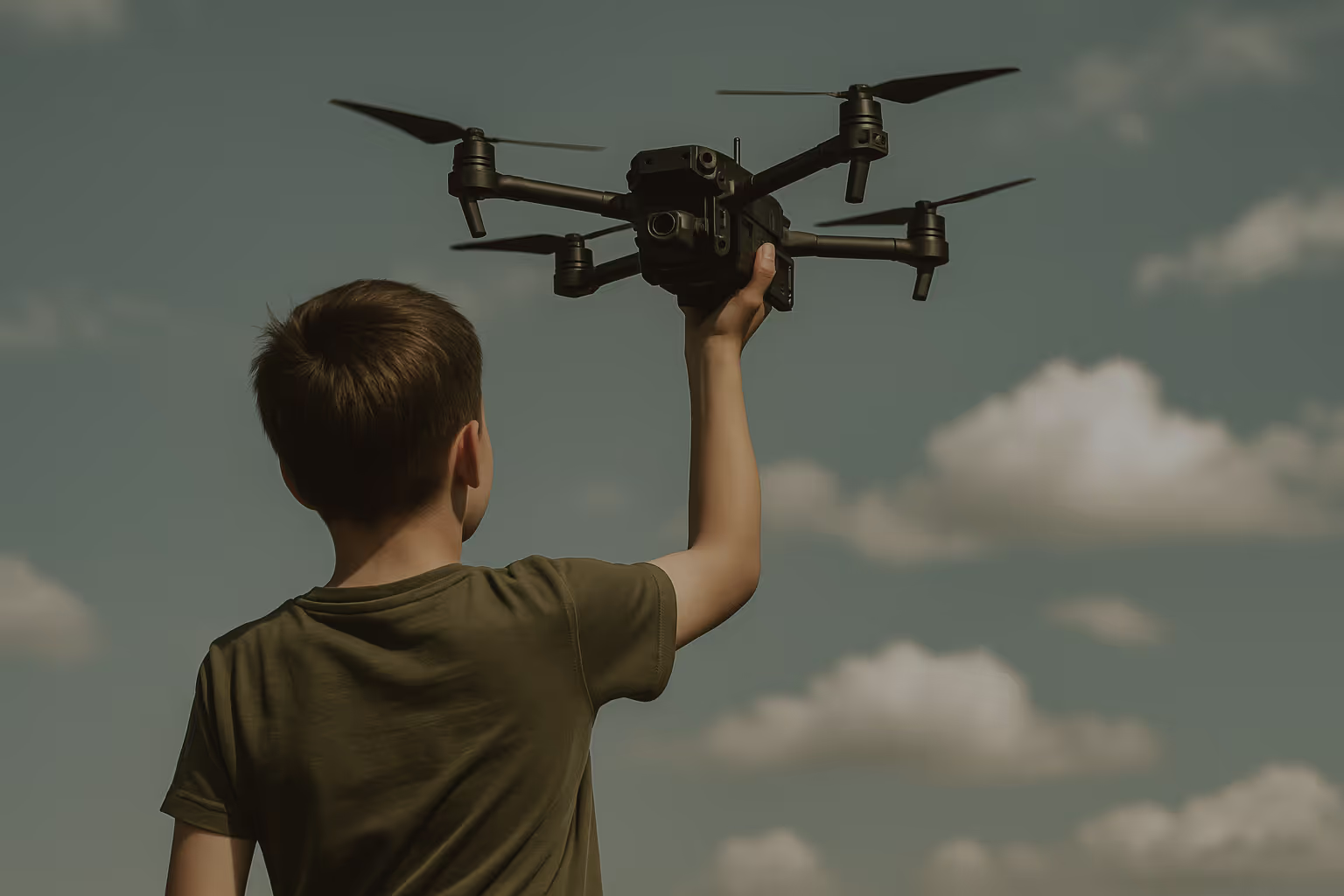
.avif)


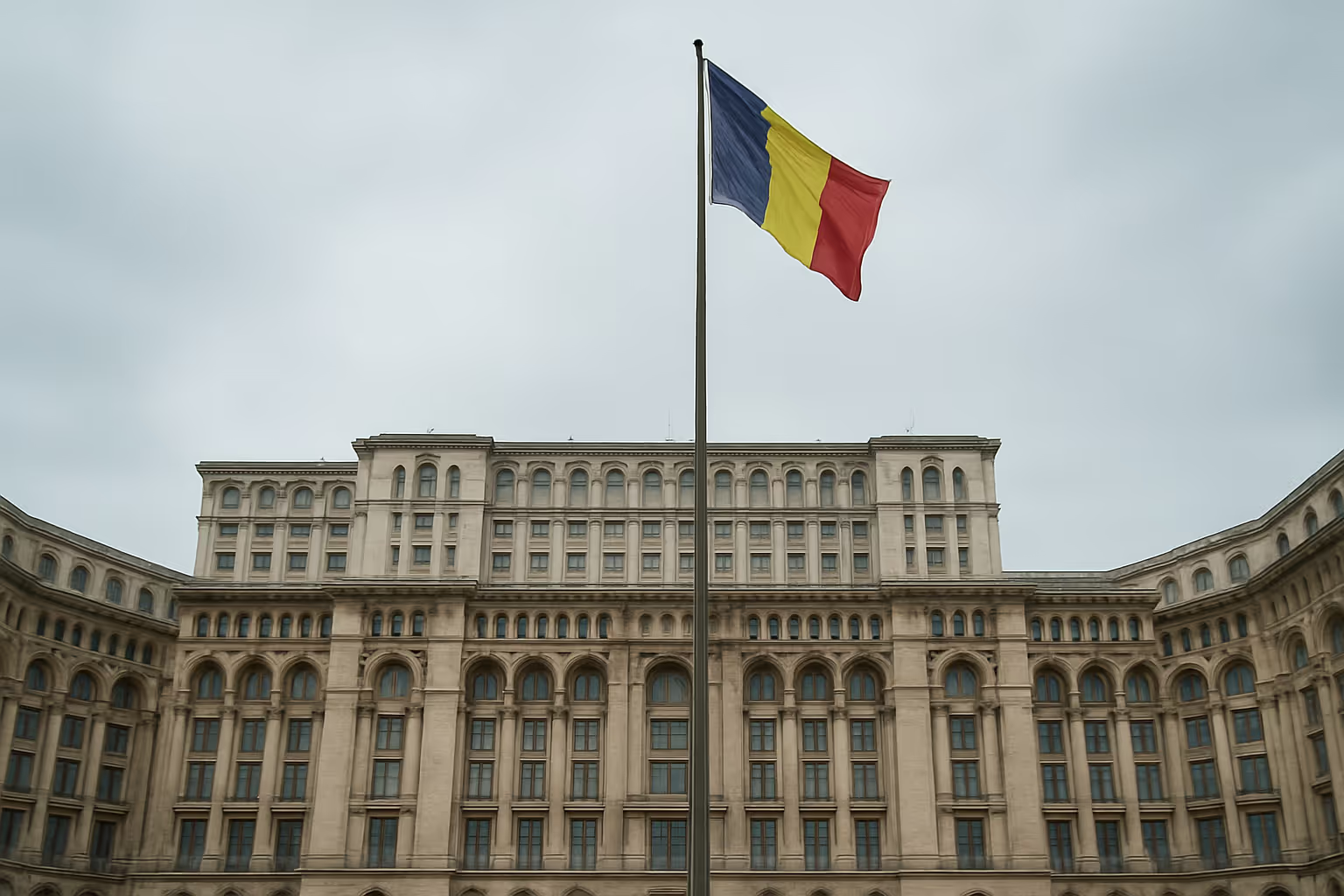

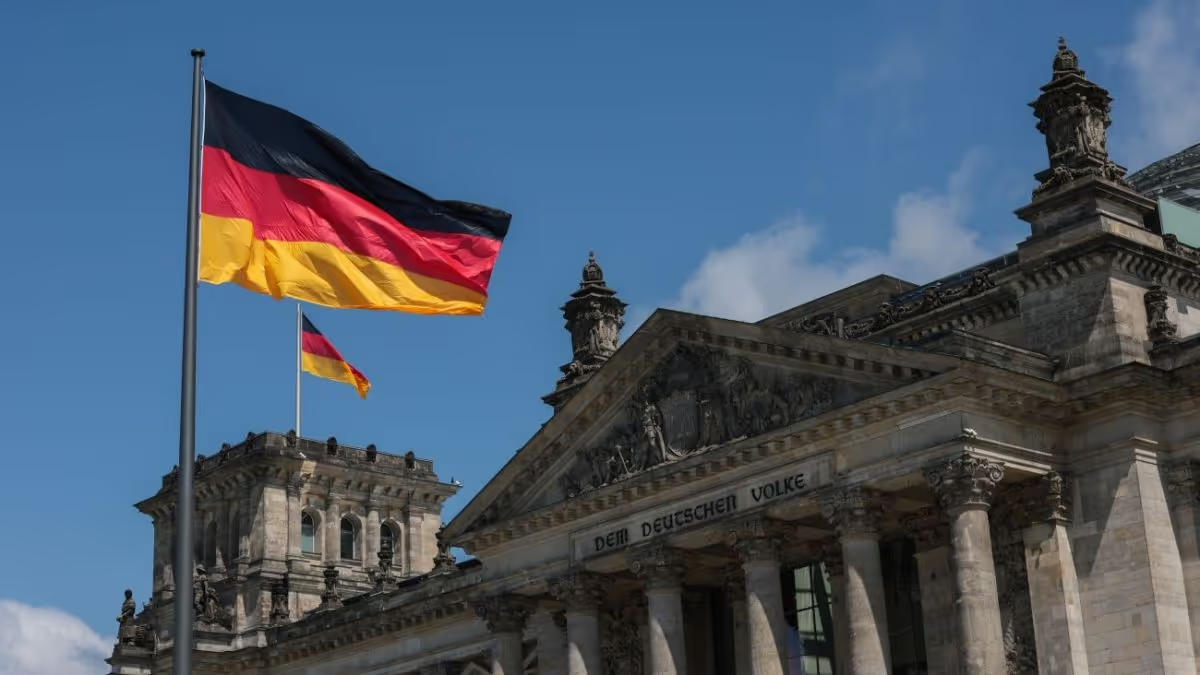

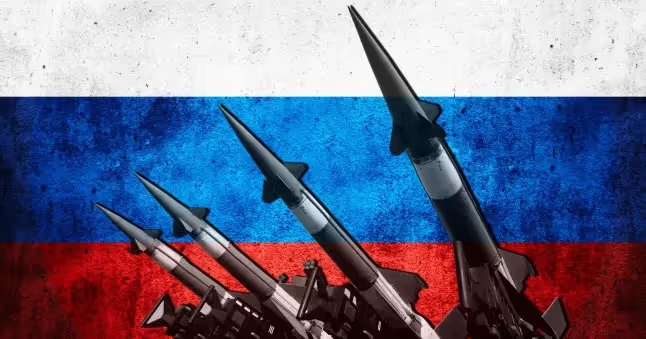
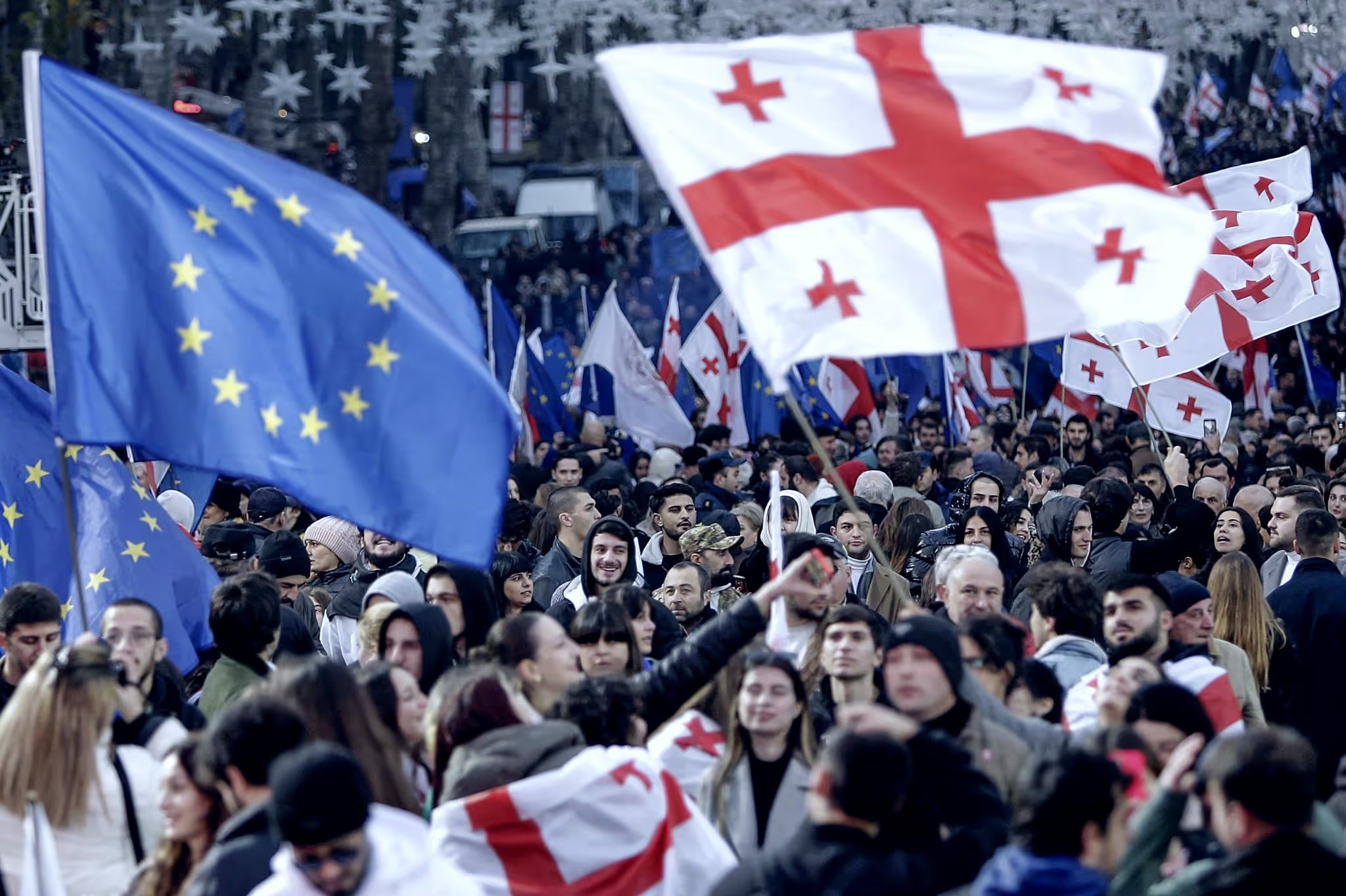
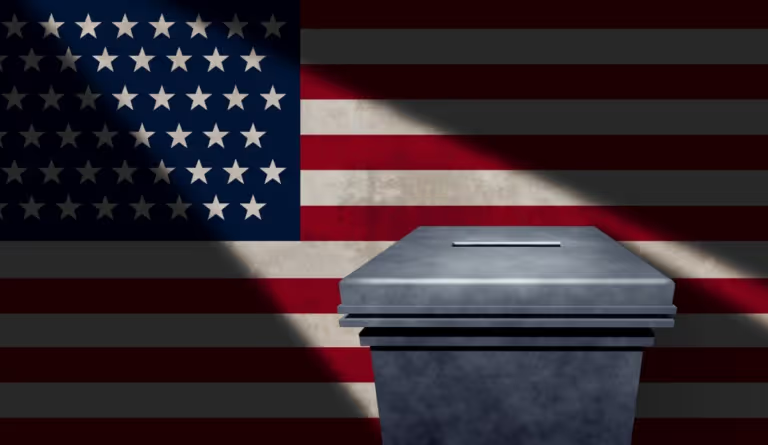



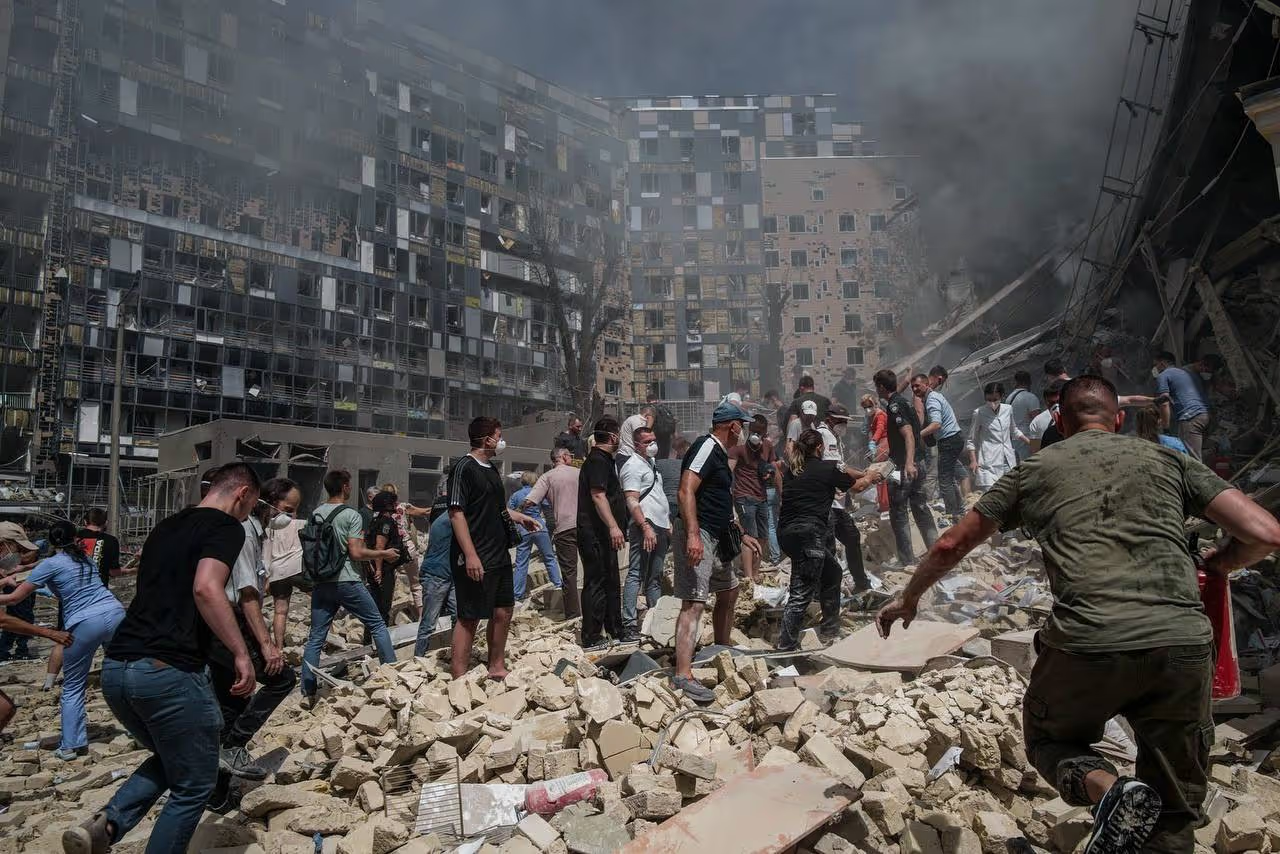


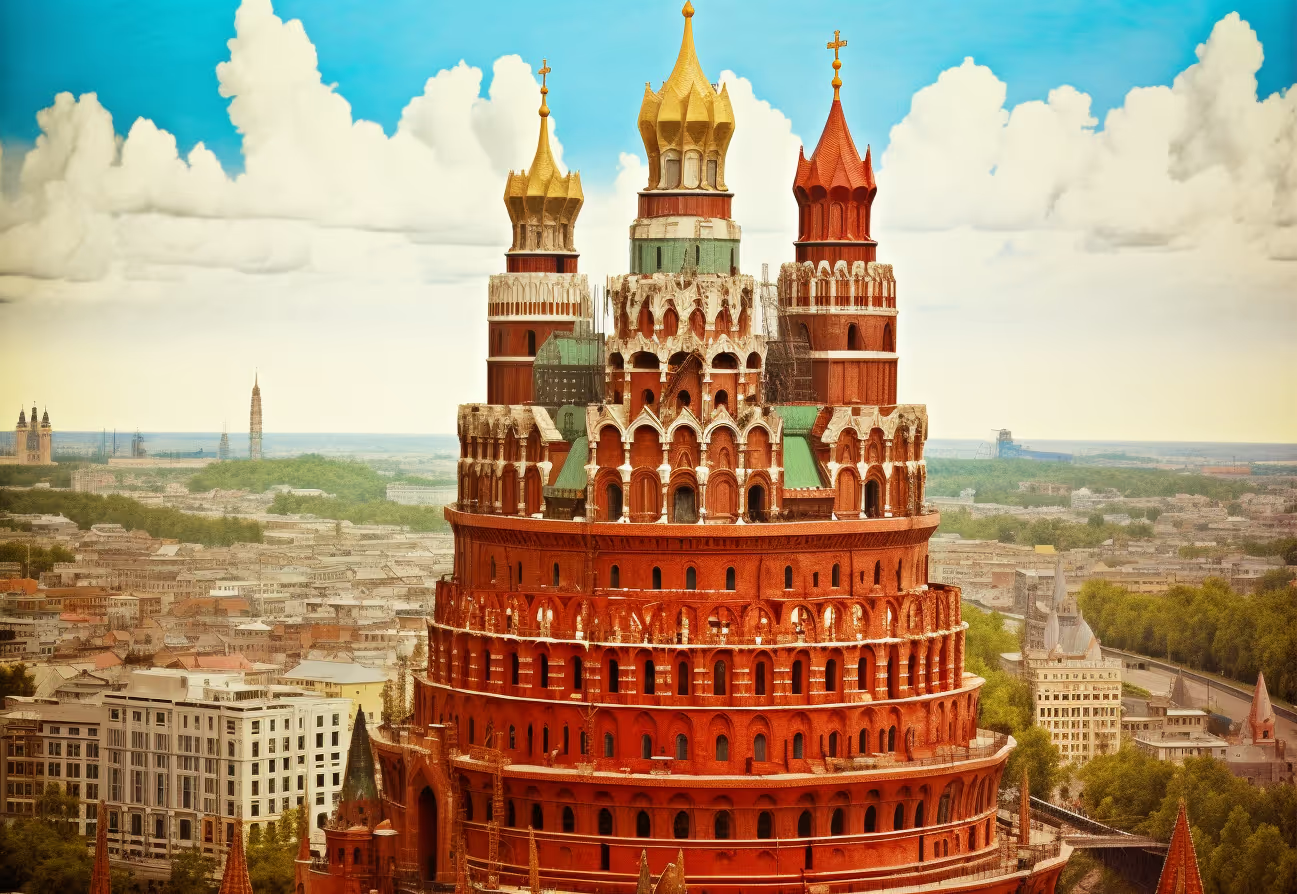
.avif)

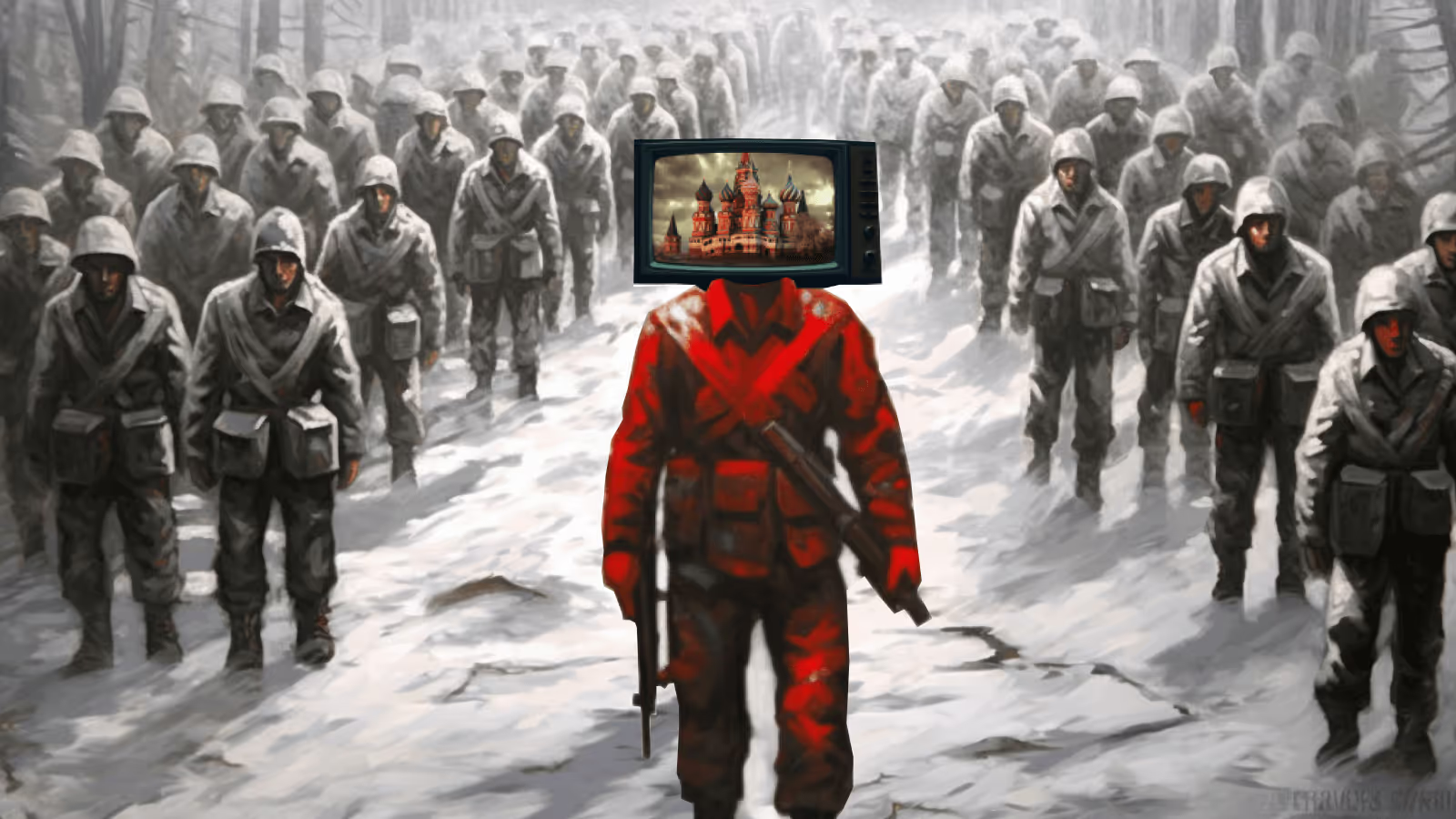
.avif)

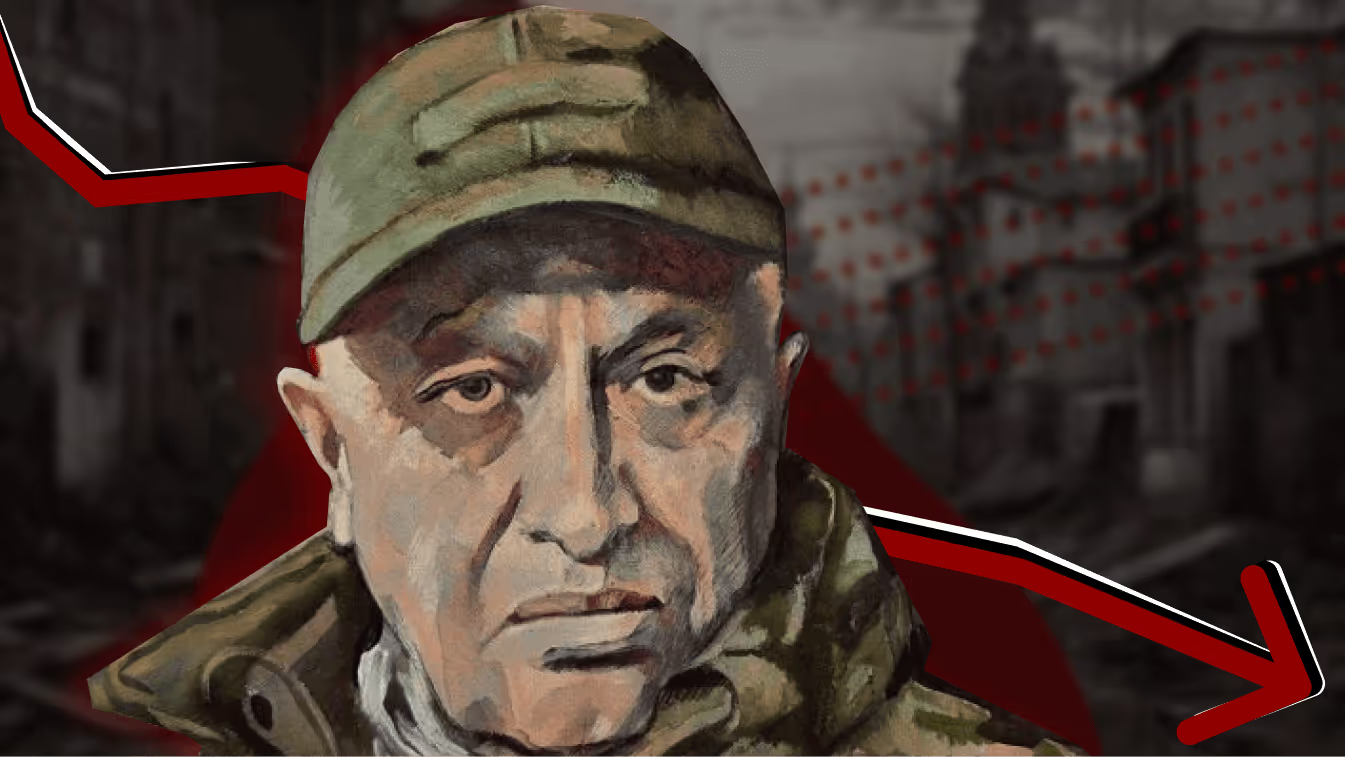
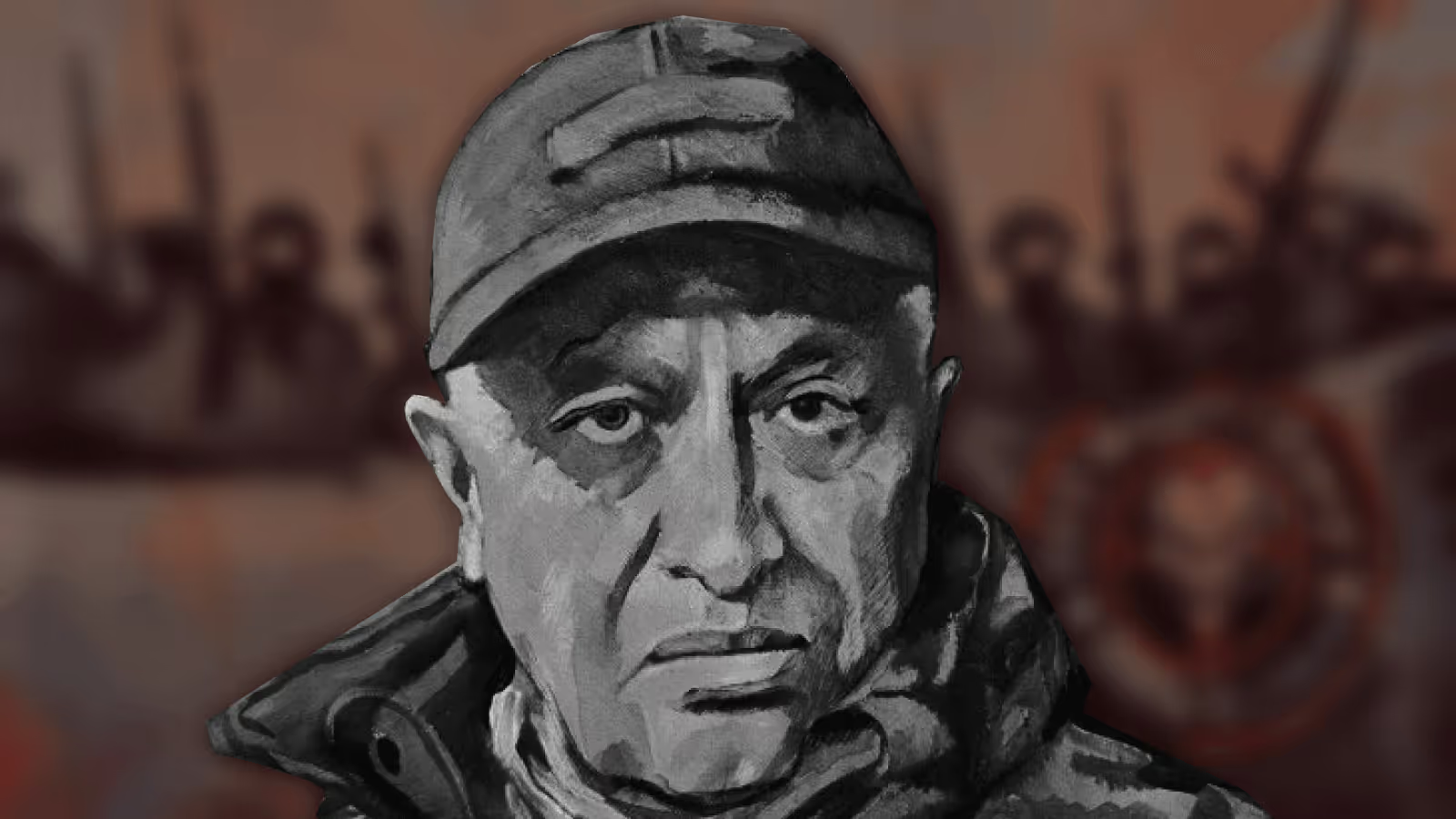
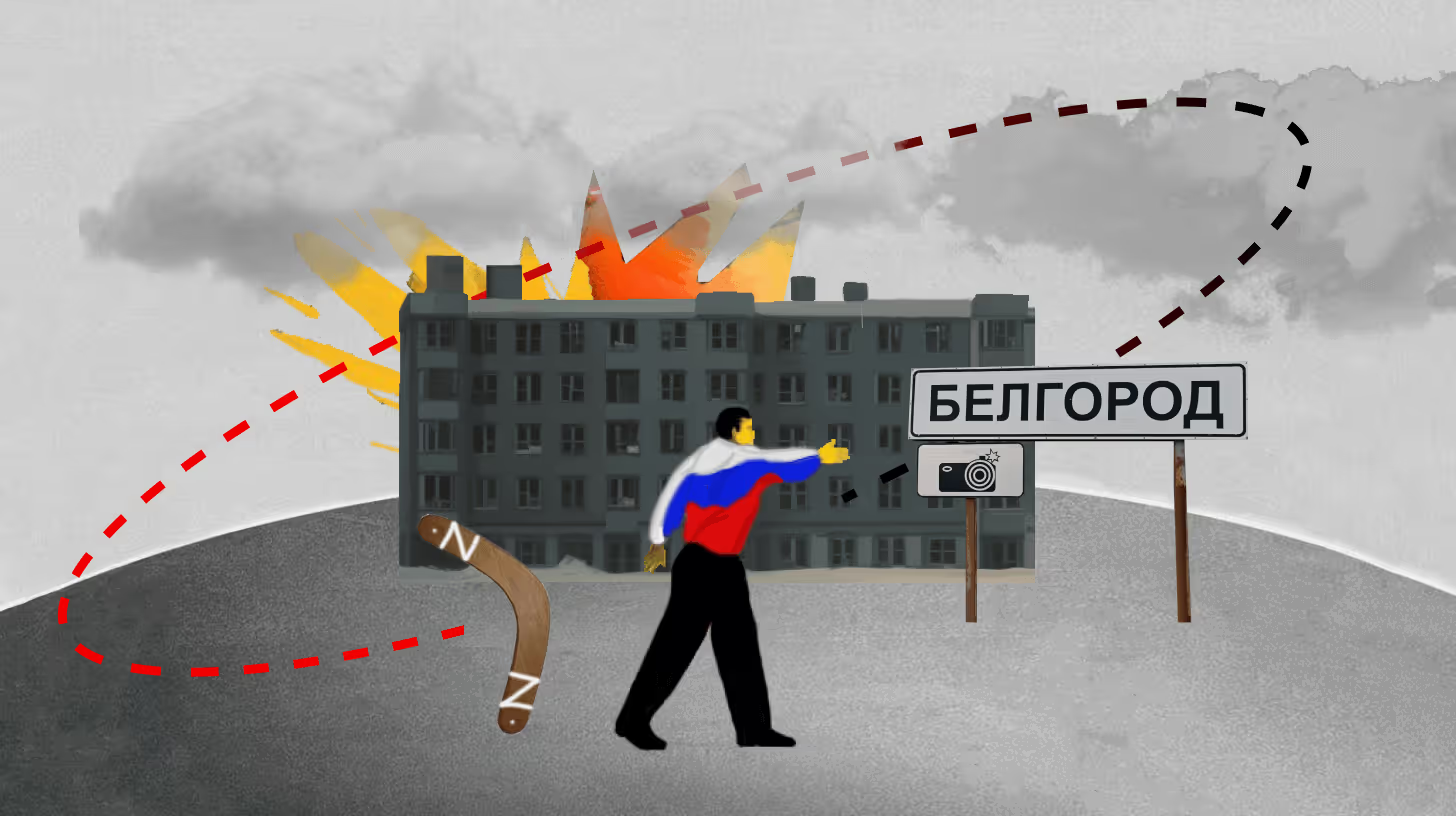
.avif)
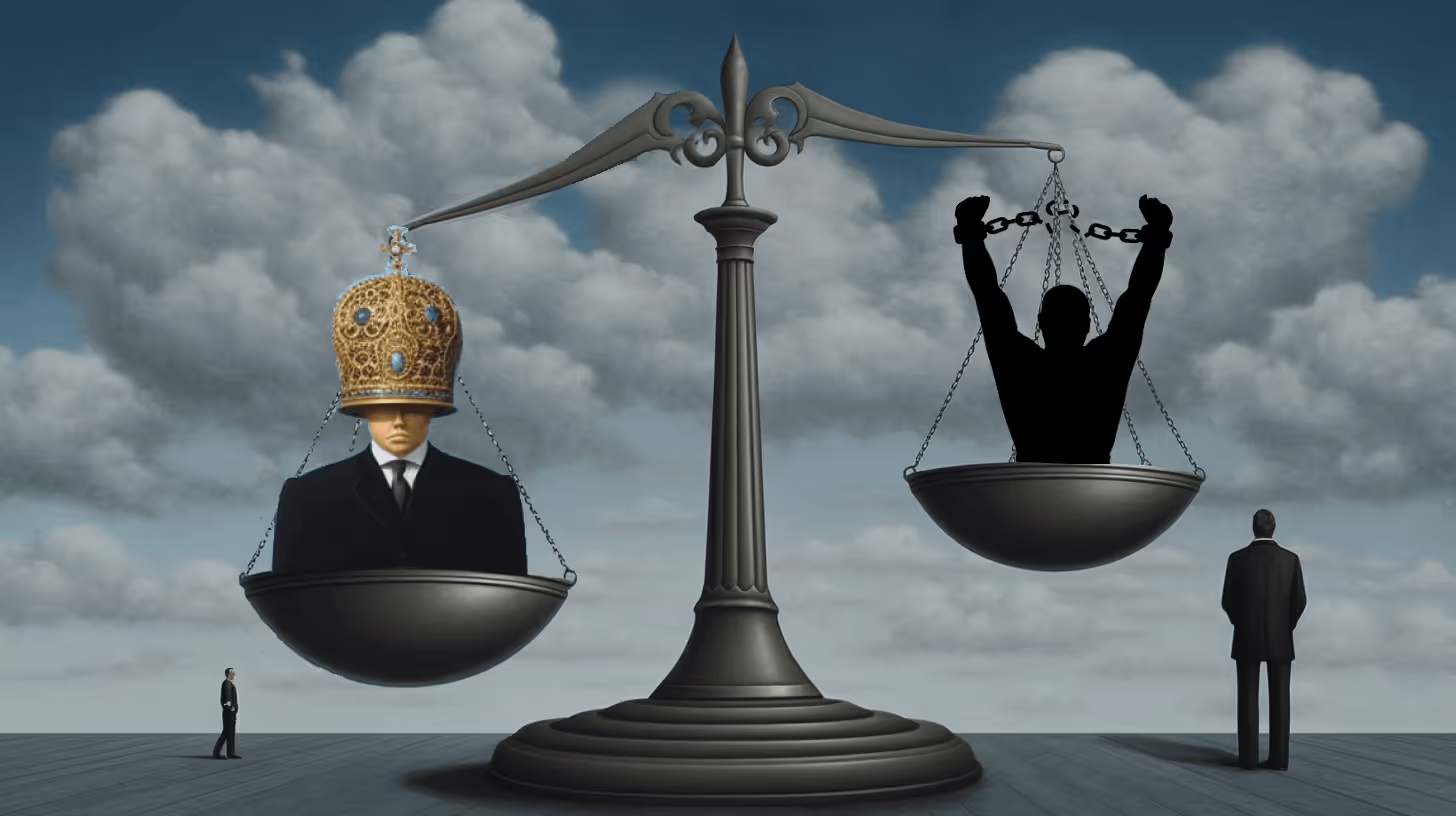
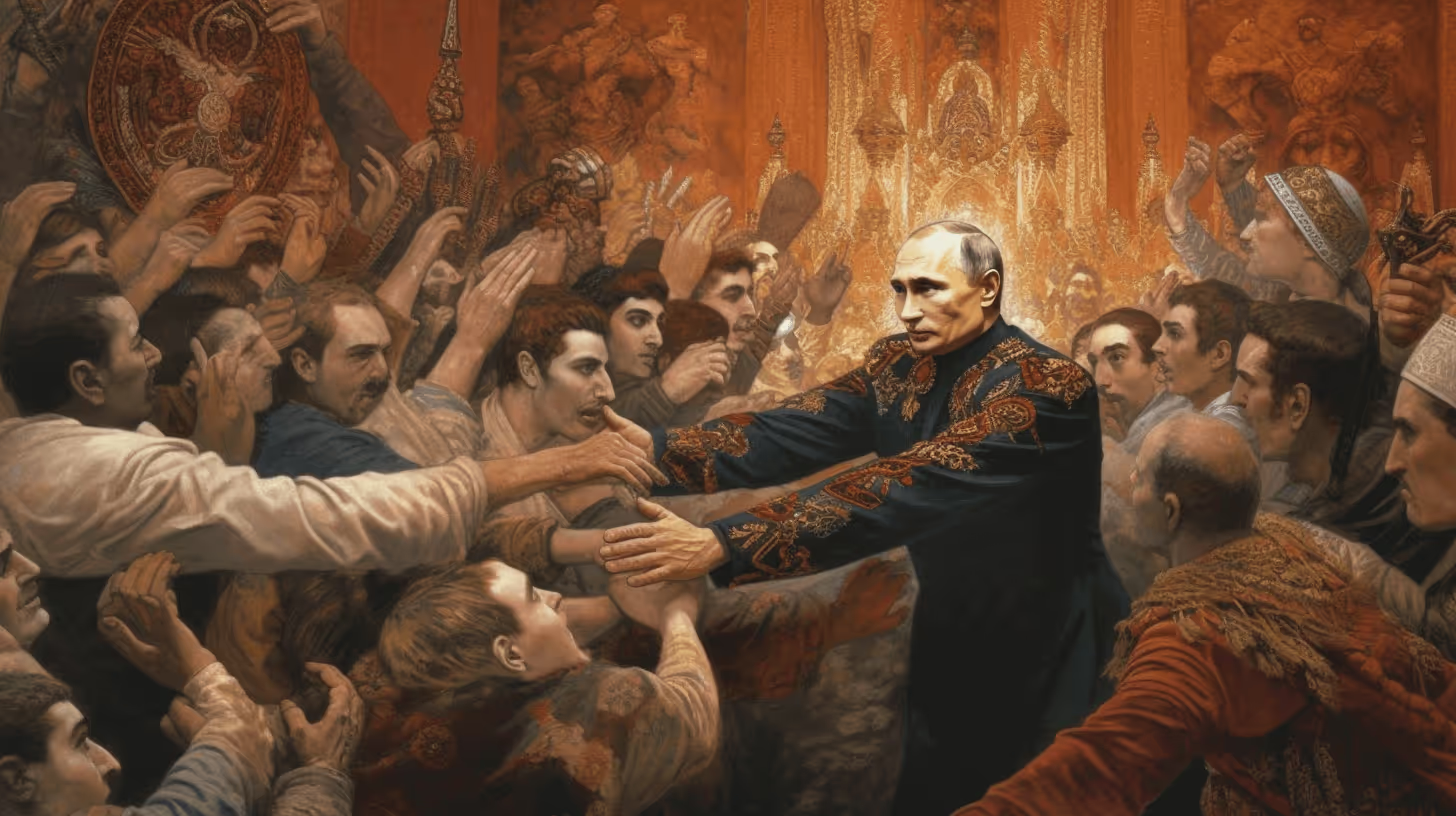
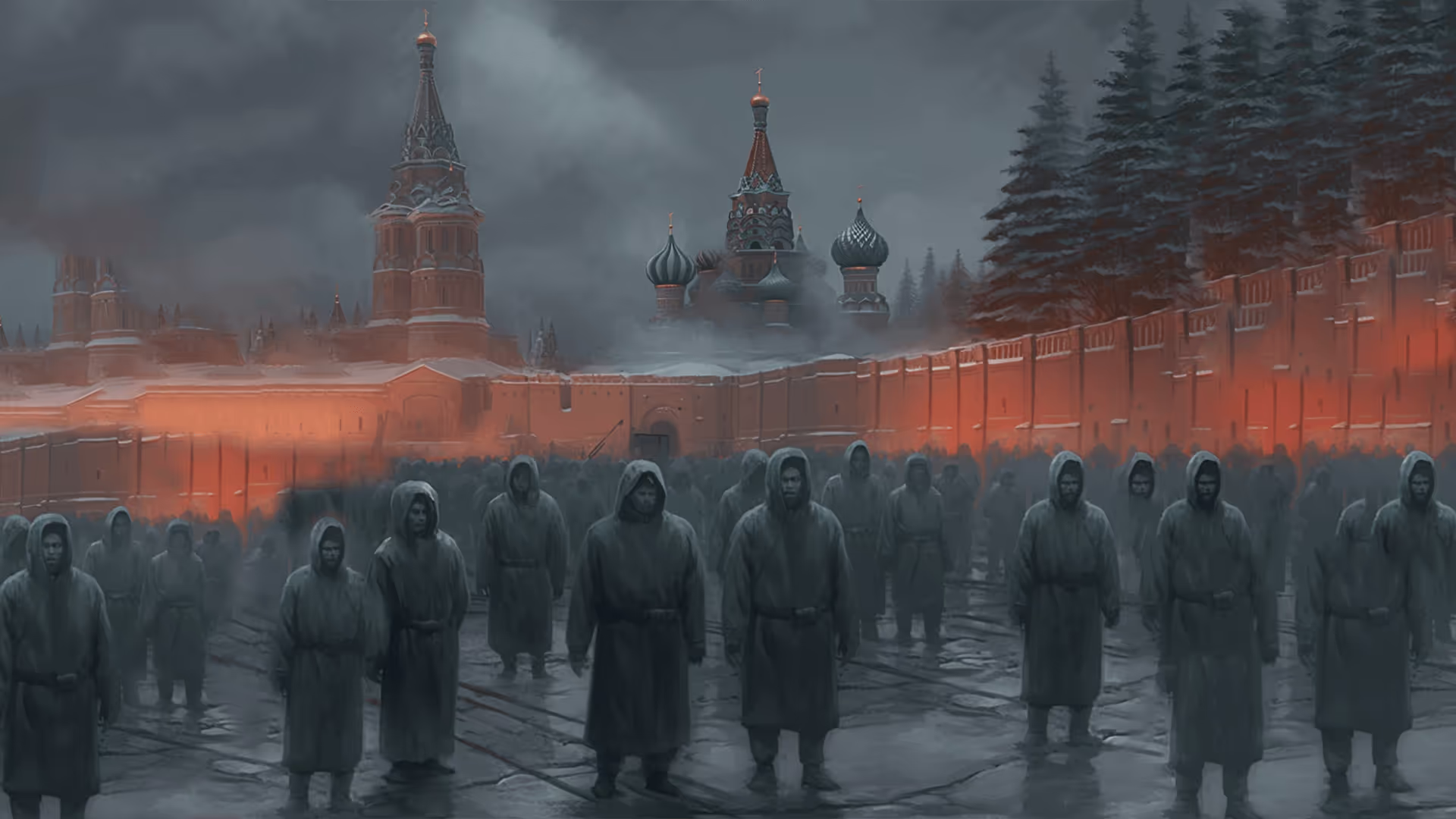
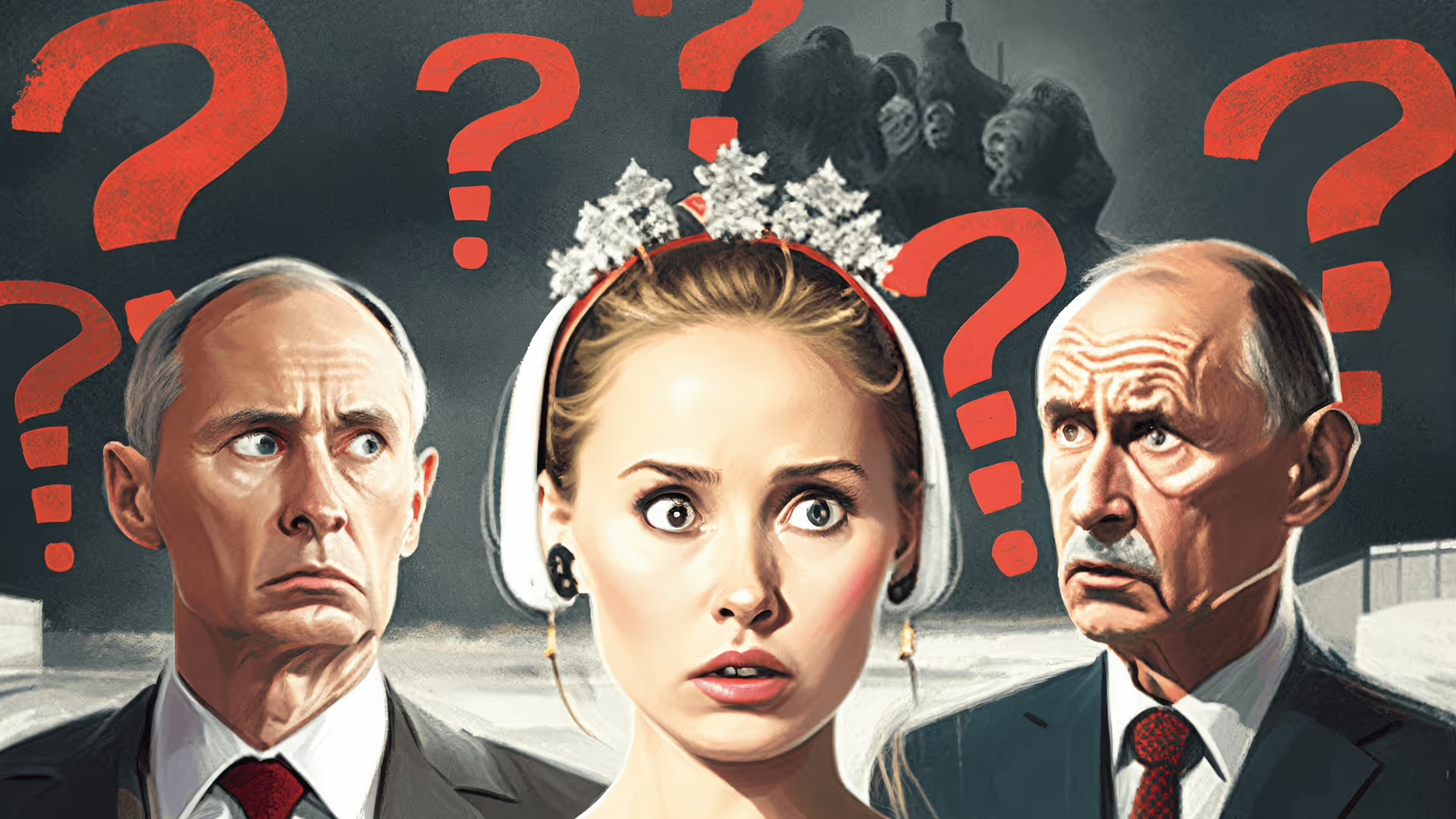
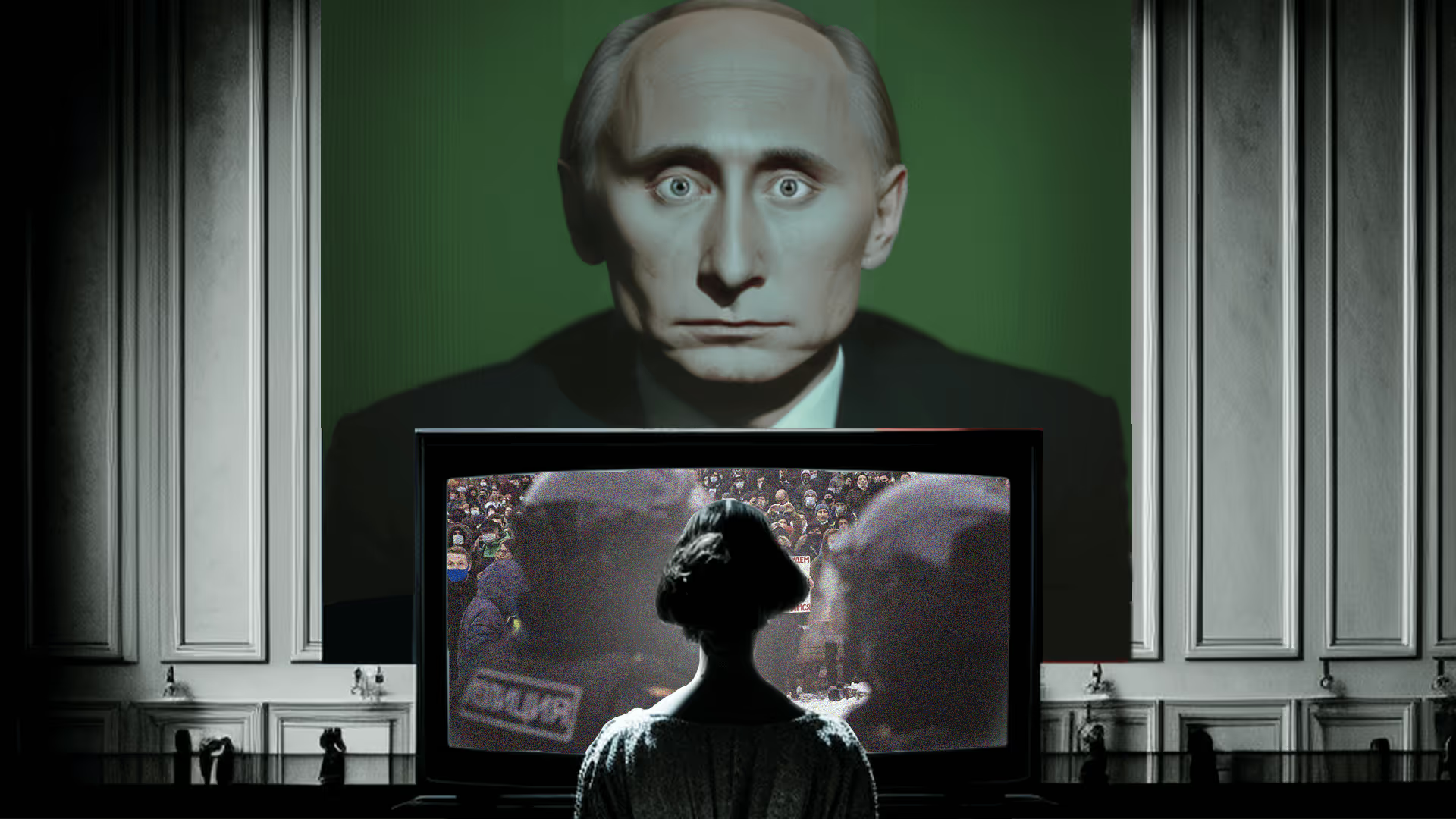



-01-2.avif)
-01.avif)
-01.avif)



-01%25202-p-500.avif)







